Last week we traveled to Utah for a women’s history symposium where I saw this image of “Brigham Young and an Unknown Woman.” The unknown woman’s beaded bracelets and marks of torture on her hands have led historians to speculate that she was Native American. If so, is her face blurred because of her ethnicity or was this just an accident? Either way, it’s a startling illustration of how women’s stories have disappeared throughout history.
Over the course of two days, scholars and history buffs presented nearly fifty papers that filled in the blanks of women’s history in the Mormon church. I learned that though women weren’t allowed to speak in church meetings until the twentieth century (the church was founded in 1830) historians like Jennifer Reeder are documenting what they were thinking and feeling during those early years through minutes of their women’s auxiliary meetings, diaries and the objects they produced. For example, in talking about the clothing women made to bury their dead, historian Kris Wright said that “sewing and other crafting were a form of knowledge making for those pioneer women” and that “embroidery is the text of textile.”
I sought out a presentation on why women were drawn to glossolalia—the speaking of tongues—a practice that feels so foreign to my own religious experience but was a source of comfort and enlightenment for 19th century seekers. Christopher James Blythe posited that women were particularly drawn to this practice in the early Mormon church and shared first-hand reports that early practitioners “glowed” as though there was “electricity in the room.” Modern examples of this practice in Pentecostal churches as captured on You Tube mostly give me the heebeejeebees, but I’m willing to believe that my pioneer foremothers welcomed this “gift of the spirit.”
I chuckled with the rest of the crowd when art historian Josh Probert shared “domestic literature” from the turn of the last century that advised struggling homesteading women to inspire “Christian morality” by aspiring to the Victorian opulence of Salt Lake City’s famed McCune Mansion. Though officially titled ”Mormon Women’s Domestic Advice Literature 1880-1920,” Probert said he really should have called his remarks “Be Careful Which Couch You Buy Because You Will Become Like It.” (Hey, haven’t I shared similar advice throughout my design writing career?)
The most shocking and widely reported session was titled “Women in Danger” and featured papers on sexual violence towards women in the early Mormon church. BYU-Idaho professor Andrea Radke-Moss spoke about the mob violence in 1830s Missouri that prefigured the death of the church’s founder Joseph Smith. She focused on the brutal gang-rapes by these same mobs that happened to several women in the period (numbers are sketchy given the Victorian reticence to report such atrocities) and that have been suppressed in the telling of Mormon history. There was a collective gasp in the room when she revealed that one of the victims was likely Eliza R. Snow–one of the most prominent women of the early church. Snow was a renowned poet–the Emily Dickinson of Mormonism–and a trusted advisor to both Joseph Smith and Brigham Young. You can read more about Radke-Moss’s findings here and her responses to questions about her source material here.
The day after the conference was over we sought out Snow’s grave just a few blocks away from Salt Lake City’s Temple Square. She’s buried near Brigham Young along with two of his other plural wives. (Snow was a plural wife to both Joseph Smith and Brigham Young.) Many referred to her as a “prophetess.” Some said she was the most intelligent woman they’d ever known. That she is also a survivor of sexual violence is remarkable.
Someone had come before us and left flowers and chocolate on her grave. As we walked away an older gentleman and his grown daughter came to take our place. I assume there will be more visitors now that another chapter of Snow’s life has been revealed. Will her expanded story force us to look at other women of the period differently? Since attending the symposium I have a clearer picture of those mysterious tongue-speaking, polygamous ancestors of mine. I also have more questions. What undocumented trials did they face? What horrors did they overcome? (On a lighter note, who was the first of my grandmothers who could even afford a couch?) I may never fill in all the blanks, but knowing that they pressed onward to find sanctuary—as a popular pioneer hymn calls it, “the place which God for us prepared”— gives me confidence that I can too.
Are there women’s stories from your family, religious or cultural history that have been fleshed out in modern times? If so, how have they informed or inspired your life?
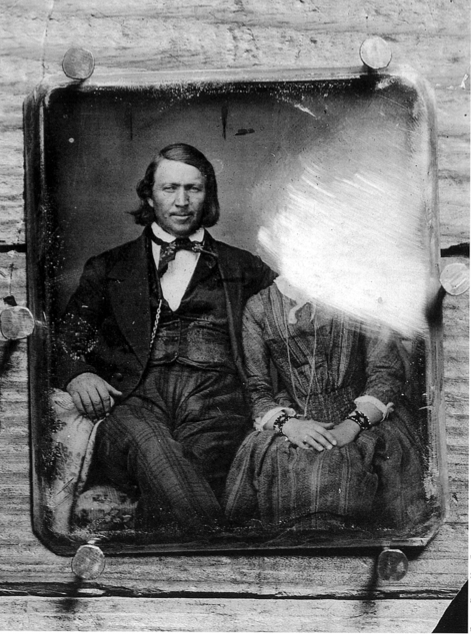
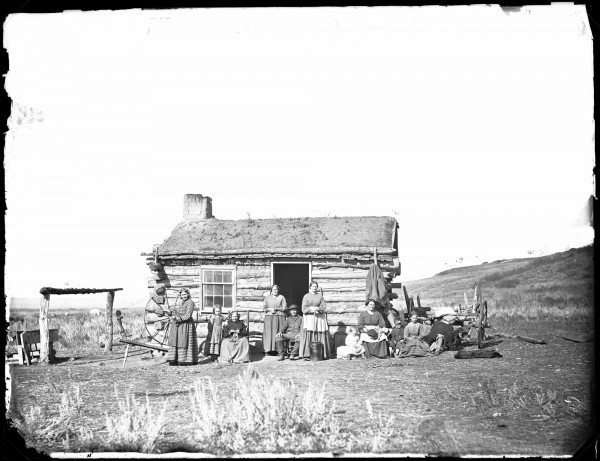
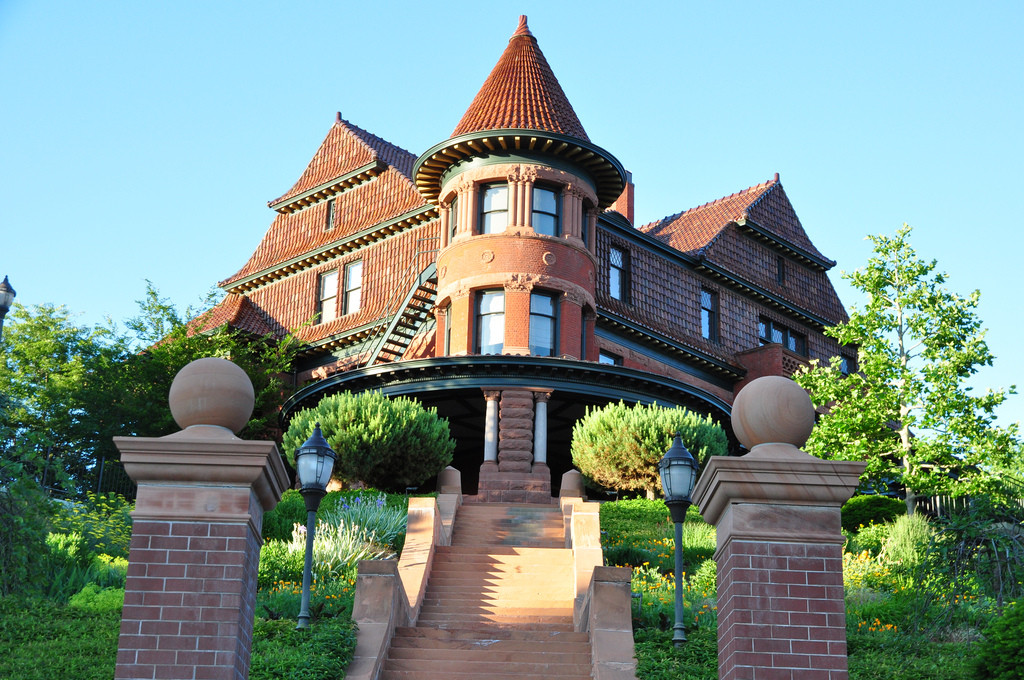
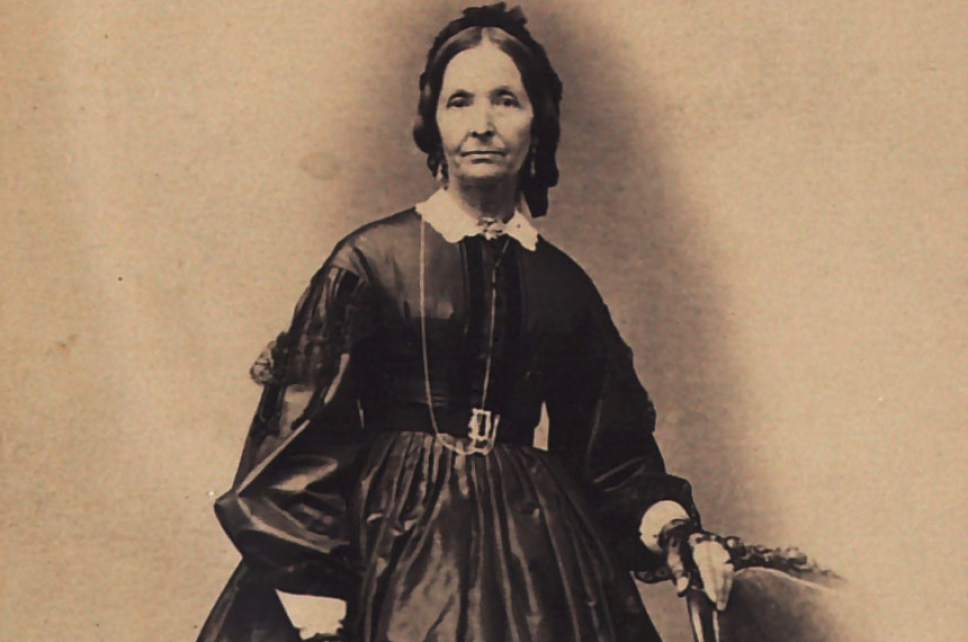
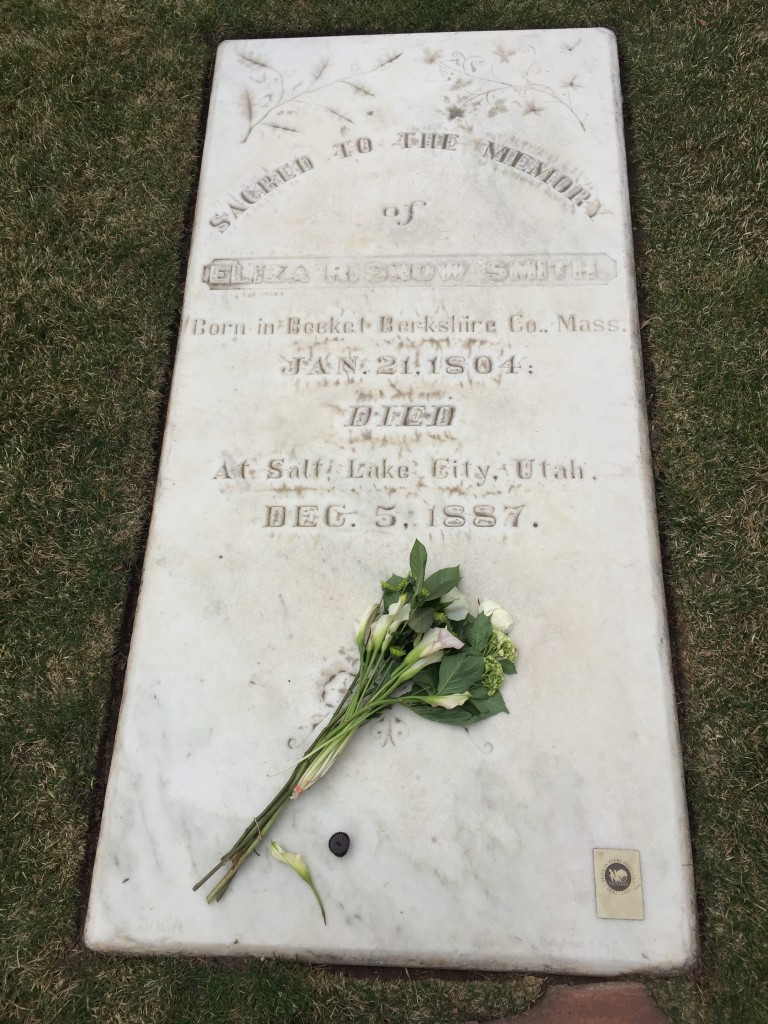




2 Comments
Does this information change the way you feel about your faith at all? I assume you are still active in the church?
Hi Lisa,
Yes, I am still active and the more I learn about the church’s history–particularly Mormon women’s history–the more comfortable I am with aspects that make many people inside and out of the church uncomfortable. For example, though I don’t sanction the 19th century practice of polygamy, I’ve grown to appreciate many of the women who felt like this was a religious principle for them–including my own great-great-grandmother. As to the news about Eliza R. Snow’s possible rape, I was shocked hearing it but it makes sense to me and does make the early church persecution period more relevant. Growing up I mostly heard stories of men being tarred and feathered or having to leave behind businesses or property they’d built (early Mormon temples). Women’s hardships were mentioned of course–usually in regards to childbearing on the trail or in remote homesteading locations–but they seemed secondary to the trials of the men. Her story gives their stories more heft.